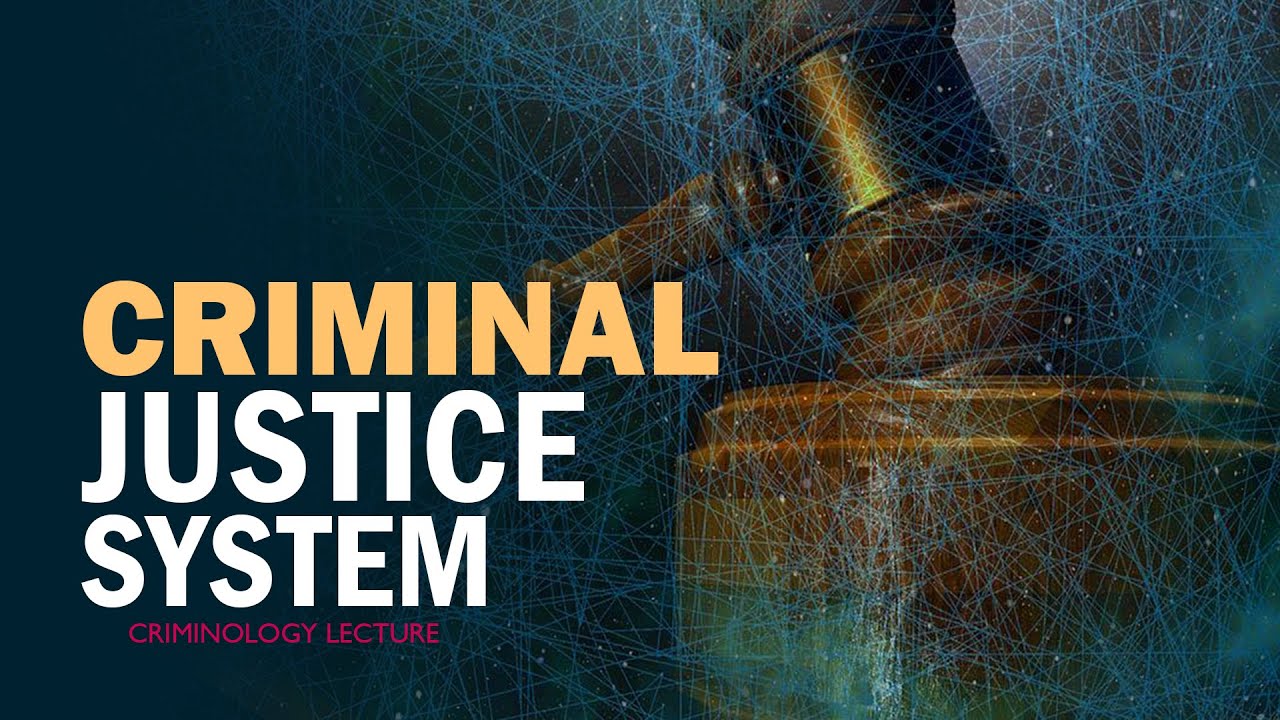The Evolution Of Criminal Justice Systems - A Historical Overview
Criminal justice systems are an integral part of any society, as they are responsible for maintaining law and order, protecting the rights of citizens, and ensuring that perpetrators of crimes are brought to justice. In this article, we will explore the evolution of criminal justice systems from ancient times to the present day, highlighting the key milestones and the reasons behind them.
Author:K. N.Feb 13, 202389.5K Shares1.1M Views

Criminal justice systems are an integral part of any society, as they are responsible for maintaining law and order, protecting the rights of citizens, and ensuring that perpetrators of crimes are brought to justice.
Over time, these systems have evolved to adapt to changing social and cultural norms, technological advancements, and a better understanding of the causes of criminal behavior.
In this article, we will explore the evolution of criminal justice systemsfrom ancient times to the present day, highlighting the key milestones and the reasons behind them.
The Evolution Of Criminal Justice Systems - Ancient History
The earliest forms of criminal justice can be traced back to ancient civilizations such as Sumer, Babylon, and Egypt.
During this time, the punishment for crimes was often severe and included physical punishments such as beating, flogging, and even death. In some cases, criminals were also exiled from the community.
The Middle Ages
During the Middle Ages, the Catholic Church played a significant role in the administration of justice, with the Pope and bishops having the power to grant pardons and commute sentences.
This period saw the development of the concept of "trial by ordeal," where the accused was subjected to physical tests to determine their guilt or innocence.
If they survived, they were considered innocent, but if they did not, they were deemed guilty.
The Enlightenment
The Enlightenment period, which lasted from the late 17th to the late 18th century, marked a significant shift in attitudes toward crime and punishment.
Enlightenment thinkers, such as John Locke and Cesare Beccaria, argued that punishment should be proportional to the crime committed and that the death penalty should be reserved for only the most serious offenses.
This marked the beginning of the move away from physical punishment and towards more humane forms of punishment, such as imprisonment.
The Industrial Revolution
The Industrial Revolution, which took place from the late 18th to the mid-19th century, brought about significant changes to the criminal justice system.
With the growth of urbanization and the rise of the factory system, crime rates increased, leading to the development of professional police forces and the construction of prisons.
This period also saw the introduction of new forms of punishment, such as probation and parole, which aimed to reform rather than merely punish criminals.
The 20th Century
The 20th century saw further advancements in the criminal justice system, including the introduction of forensic science, the development of rehabilitation programs, and the increased use of community-based sentences.
The latter half of the century also saw a move towards restorative justice, which aims to repair the harm caused by crime and bring together victims, offenders, and the wider community.
Modern Times
The 21st century has seen a continued focus on rehabilitation and reducing reoffending, as well as a growing recognition of the need to address the root causes of crime, such as poverty, inequality, and mental health issues.
In recent years, there has also been a trend towards the use of alternative forms of dispute resolution, such as mediation and restorative justice circles, which aim to resolve conflicts in a more collaborative and less adversarial manner.
The Evolution Of Criminal Justice Systems - Current Issues And Challenges
Despite the progress that has been made in the evolution of criminal justice systems, there are still many challenges that need to be addressed to ensure that they are effective and fair. Some of these challenges include:
Racial And Gender Bias
One of the biggest challenges facing the criminal justice system today is the issue of racial and gender bias.
Research has shown that people of color and women are disproportionately affected by the criminal justice system, with higher rates of arrest, conviction, and longer sentences compared to their white male counterparts.
This disparity is often attributed to systemic biases within the criminal justice system, including racial profiling and discrimination by law enforcement, prosecutors, and judges.
Over-incarceration
Another major challenge facing the criminal justice system is the issue of over-incarceration. The United States, for example, has the highest rate of incarceration in the world, with over 2 million people behind bars.
This high rate of incarceration has been criticized for its financial and social costs, as well as its ineffectiveness in reducing crime and recidivism.
Rehabilitation And Reentry
The effectiveness of rehabilitation and reentry programs is another major challenge facing the criminal justice system.
While there have been efforts to provide offenders with job training, education, and other services aimed at reducing recidivism, many of these programs are underfunded and under-resourced.
Additionally, the lack of support for ex-offenders upon release, such as access to housing and employment, can make it difficult for them to successfully reintegrate into society.
The Future Of Criminal Justice Systems
As the challenges facing the criminal justice system continue to evolve, there will likely be further changes and advancements in the future.
Some of the key trends and developments that may shape the future of criminal justice systems include:
Increased Use Of Technology
The use of technology, such as predictive policing, facial recognition software, and electronic monitoring, is likely to increase in the criminal justice system.
While these technologies have the potential to improve the efficiency and accuracy of the system, there are also concerns about privacy, accuracy, and potential biases.
Restorative Justice
The trend towards restorative justice, which seeks to repair the harm caused by crime and bring together victims, offenders, and the wider community, is likely to continue. This approach is effective in reducing recidivism and promoting healing for all involved parties.

CRIMINAL JUSTICE SYSTEM | Criminology Lecture CSS
Sentencing Reform
Sentencing reform is likely to be a major area of focus in the future of criminal justice systems, with an emphasis on reducing over-incarceration and promoting rehabilitation and reentry programs.
This could involve the use of alternative forms of punishment, such as community service, or the expansion of rehabilitation programs aimed at reducing recidivism.
People Also Ask
What Is The Evolution Of Criminal Justice Systems?
The evolution of criminal justice systems refers to the changes and developments that have occurred in the way societies have dealt with crime and punishment over time.
When Did The Earliest Criminal Justice Systems Emerge?
The earliest criminal justice systems emerged in ancient civilizations, such as Mesopotamia, Egypt, and Greece, around 4000-3000 BCE.
How Has The Criminal Justice System Evolved Over Time?
The criminal justice system has evolved over time by incorporating new laws, procedures, and technologies, as well as changing attitudes toward crime and punishment. Some notable changes include the development of police forces, the adoption of trial by jury, and the growth of the prison system.
What Are Some Of The Current Challenges Facing The Criminal Justice System?
Some of the current challenges facing the criminal justice system include overcrowded prisons, racial disparities in the enforcement of laws, the cost of the system, and the need for improved rehabilitation and reentry programs for offenders.
Conclusion
The evolution of criminal justice systems reflects the changing attitudes and values of society, as well as advancements in technology and understanding of criminal behavior.
While the methods of punishment and rehabilitation have changed over time, the ultimate goal remains the same - to ensure that justice is served and that society is protected from criminal activity.
As we continue to learn more about the causes and consequences of crime, the criminal justice system will likely continue to evolve and adapt in response.
Ultimately, the goal is to create a system that is fair, just, and effective in preventing crime and ensuring that perpetrators are held accountable for their actions.

K. N.
Author
Latest Articles
Popular Articles
